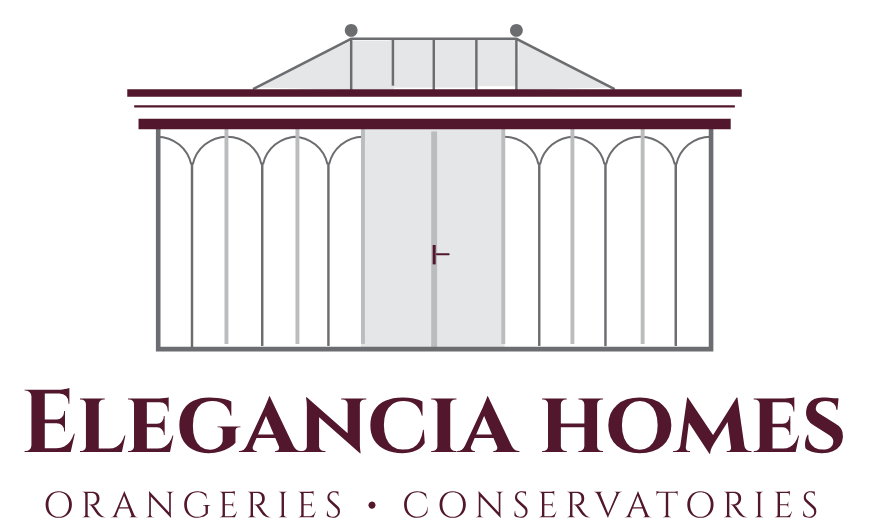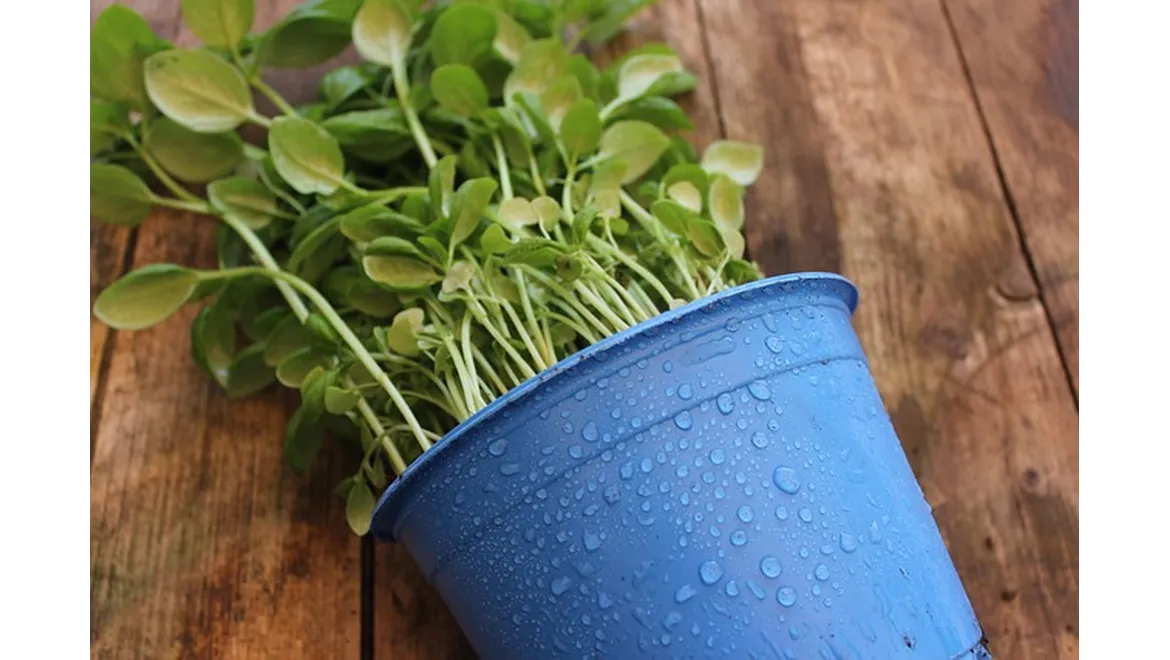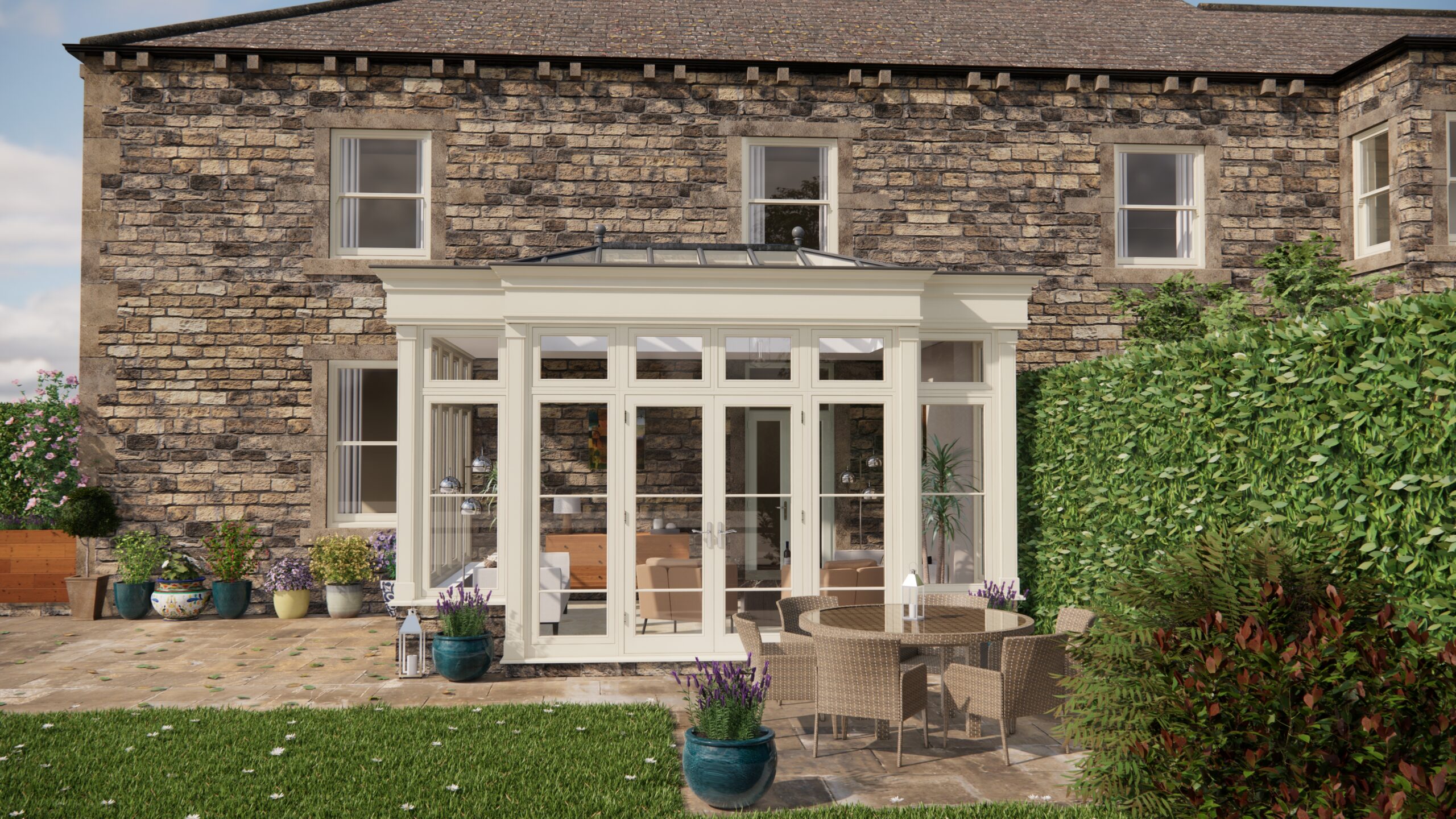Right, let’s talk gardens. More specifically, my garden. Or rather, my container garden. Living in a smaller place here in the UK, I’ve always dreamed of a rambling, overflowing cottage garden. But square footage is precious, isn’t it? So, I decided to bring the cottage garden to me, one pot at a time. And you know what? It’s blooming marvelous!
I’ve been diving deep into articles about enjoying UK gardens, soaking up every bit of wisdom I can find. From landscaping tips to the best plants for our somewhat unpredictable weather, it’s been a real learning curve. The other day I read a fascinating piece about how an orangery enhances garden enjoyment – the light! The warmth! Maybe one day… But for now, containers are my orangery-adjacent solution.
The key, I discovered, is all about replicating that cottage garden feel on a smaller scale. That means embracing the quintessential British cottage garden flowers, but with a twist: dwarf varieties. Think miniature roses – ‘The Fairy’ is an absolute stunner – compact lavender like ‘Hidcote Dwarf’, and even foxgloves, believe it or not! There are cultivars like ‘Dwarf Pagoda’ that stay relatively small and fit perfectly in a large pot. I start these from seed in early spring indoors and then once the last frost has gone they are hardened off and introduced to their container. You need to remember that they have a short lifespan and will need to be introduced every few years. I source my seeds from local garden centres as they provide the best quality and longevity.
Now, the soil. You can’t just chuck any old compost in. A good quality potting mix is crucial. I make my own, a blend of multipurpose compost, John Innes No. 2 (for structure and slow-release nutrients), and a handful of horticultural grit for drainage. Drainage is absolutely vital; soggy roots are a death sentence for most plants. I ensure there are ample drainage holes in my containers and line the bottom with crocks (broken bits of terracotta pots) for extra measure. I use approximately 60% multipurpose compost to 20% John Innes No 2 to 20% horticultural grit.
Here’s where it gets really clever: companion planting. This isn’t just about aesthetics; it’s about creating a mini-ecosystem in your pot. I tuck marigolds in amongst my roses to deter aphids. The scent repels them beautifully! Basil planted near my tomatoes helps to ward off whitefly. It’s all about working with nature, not against it. Another good companion plant to use is Nasturtiums which attract aphids away from the other plants.
The container itself is also important. I’m a sucker for anything rustic – old terracotta pots (aged to perfection, naturally!), weathered wooden planters, even repurposed metal containers. The more character, the better. I also use different sized pots. This helps to provide texture to the garden and different growing conditions as smaller pots tend to dry out faster.
And to add some vertical interest, I’ve incorporated some obelisks. These are great for climbing plants like dwarf sweet peas or even a miniature climbing rose. The climbing plants should be positioned at the rear of the pot so that they create a stunning back drop to the arrangement. They help to draw the eye upwards and make the whole space feel bigger and more lush.
Choosing the right plants is essential for container gardening. I generally opt for plants like Lavender, Heathers, dwarf Dahlias, geraniums and herbs like Rosemary and Thyme which are ideal for containers.
Building this has been a journey of trial and error, but so rewarding! It’s about embracing imperfection, letting things get a little wild, and enjoying the process. It is possible to replicate a traditional cottage garden in containers and the overall effect is stunning. I would highly recommend this style of gardening for anyone that has a small space and wants to bring the charm and beauty of a traditional cottage garden to them.


